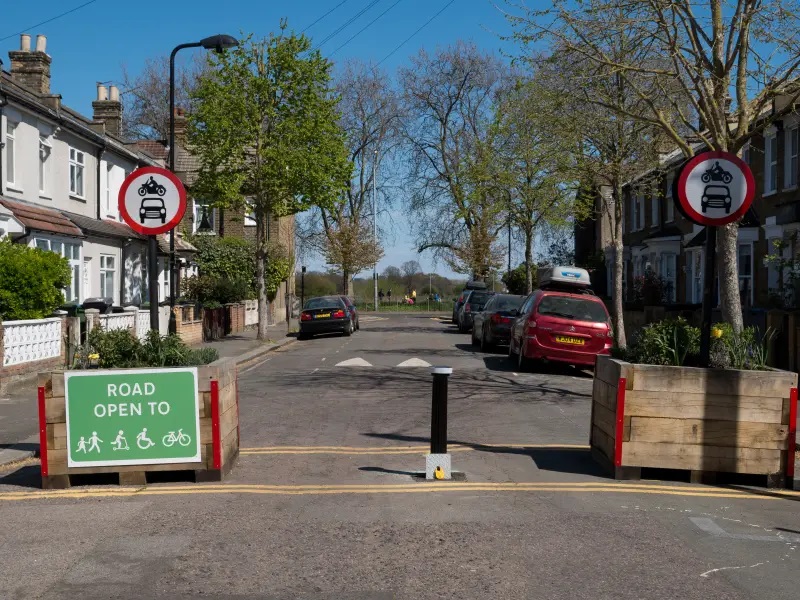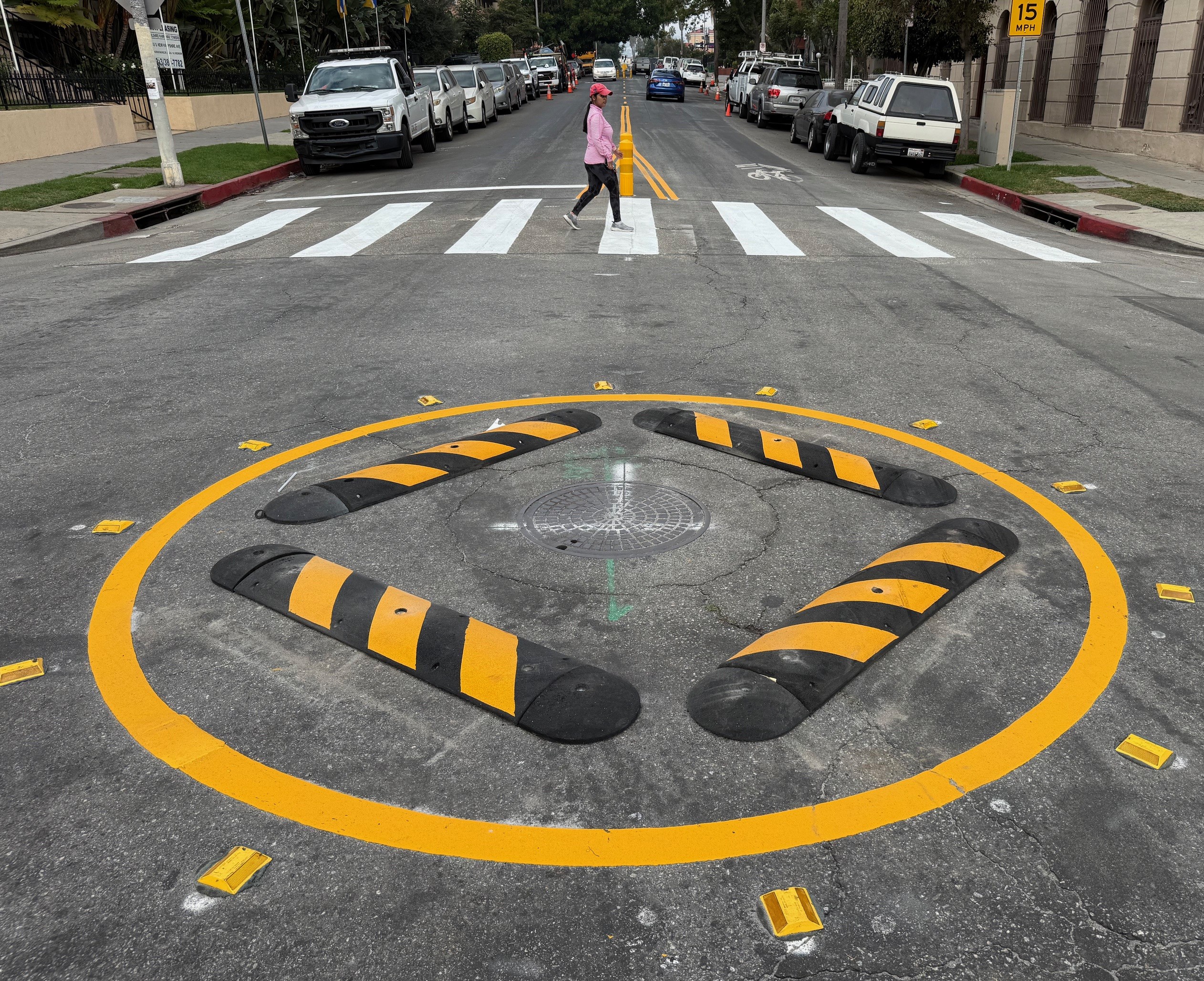Imagine a world where every time you left your neighborhood, you were forced to outfit yourself in thousands of pounds of protective steel armor.
To be clear, all that Ironman cosplay doesn’t come cheap. It costs you $10,728 of your hard-earned money every year just to own and maintain it, and that's after a pile of subsidies and freebies, like gratis curbside storage right outside the door of virtually any building you might wish to enter. You also need a special government permission slip just to wear your armor — permission that Uncle Sam can revoke for anything from drawing graffiti on a building to failing to pay your child support.
And once you're in it, you're still not necessarily safe: a staggering 24,019 people died while wearing these things last year alone, even though pretty much every suit on the market has a five-star safety rating.
Of course, it's not all bad news. Every suit of armor on the market comes with its own propulsion system that seems pretty powerful ... until you account for the fact that to make room for all the super-suit parking lots and drive-thrus, your city is a sprawling mess and the closest job you can find is 27 minutes away, and there's no other way to get there in less than two hours, even if you wanted to.
But don't think about that, your government tells you. Focus on how free you feel every time you lock yourself inside the warm embrace of your 4,000-pound exoskeleton. Free to go wherever you please, whenever you please, straight into the heart of any traffic jam or highway drag-racing strip you choose. You are basically Tony Stark.
Oh Gawd, my local @Nextdoor - already a toxic swamp - is now overrun with 15 Minute City conspiracy nutters pic.twitter.com/S9HLwWYmYz
— Rory Cellan-Jones (@ruskin147) February 21, 2023
Of course, the dystopia I'm describing is not terribly far off from the reality in car-dependent American cities, give or take a shaky Marvel reference. For the last few months, though, another unthinkable hellworld has seized the imagination of right-wing conspiracy theorists: the 15-minute city, where every resident can — gasp — safely and conveniently meet their basic needs without supporting a constellation of automotive interests along the way.
The debate can be traced to England, where a recent plan to introduce "traffic filters" in the town of Oxford — basically, camera-generated fines for people who drive more than 100 days per year at certain restricted times on certain local roads — abruptly exploded into accusations of an "international socialist conspiracy" that's poised to overtake the planet.
The "15 minute city," theorists allege, isn't just a benign French urban planning concept aimed at reducing our collective dependency on automobiles while still allowing residents who need it the option to drive. Rather, it's a devious plot to trap their residents in open-air prisons that restrict them from moving beyond a 15-minute walking or biking radius of their homes, whether via literal internment camps outfitted with electric fences, elaborate data surveillance schemes aimed at stripping citizens who exceed their personal carbon allowance of their basic mobility through punishing fines, or some horrific combination of the two.
The conspiracy, of course, is deeply offensive to the many marginalized people throughout history (and the present) who have actually been imprisoned in their neighborhoods by their governments, and it's also easy enough to debunk. The Oxford proposal, if it comes to pass, will still allow most driving, and will put zero restrictions on other forms of mobility, like walking, biking, and transit. Especially in America, virtually no governments are interested in inconveniencing drivers even slightly, much less corralling them into gulags for the utterly victimless crime of having an awesome truck and wanting to take it camping on the weekends.
It's also easy enough to explain why actual 15-minute cities are so rare that the very idea of it can be warped into a tyrannical right-wing fever dream. It's because the car-dependent 50 minute city has become our default — and because we've been convinced by a century of disinformation and active efforts to rebuild the world that the "freedom" to move is roughly synonymous with the "freedom" to drive.
And when governments take away any portion of that "freedom," people revolt.
Yeah, and the 15-minute city is the conspiracy. pic.twitter.com/nHbcjVk3qL
— Gersh Kuntzman (@GershKuntzman) February 27, 2023
Here's the good news: disinformation campaigns can be dispelled, and dystopian worlds can be rebuilt. We don't need to continue our relentless march towards an absurdist 15-hour city where, to quote a must-read satire from Devin Wallace, "houses go in one location, businesses in another, and in between is a dark sea of soul-crushing concrete and asphalt."
And to paraphrase a must-read thread from award-winning placemaker Jay Pitter, we can commit to building 15-minute cities through a participatory approach, rather than allowing a buzzy concept to "reinforce privileged or marginalized 15-minute bubbles." (Emphasis mine).
3. How does this concept address economic & racial stratification in cities created by inequitable planning policies & practices?
— Jay Pitter (@Jay_Pitter) February 15, 2023
3b) How do we ensure this approach doesn’t reinforce privileged or marginalized 15-minute bubbles?
What we can't afford to do, though, is to treat our transportation landscape as immutable, or to let car culture and the corporations that create it define our collective notions of "freedom" on their terms alone. We already live in a world where our governments and the companies who lobby them exercise a profound influence over how, whether, and where we move. The question is whether we will organize to demand a greater range of mobility choices for everyone.






